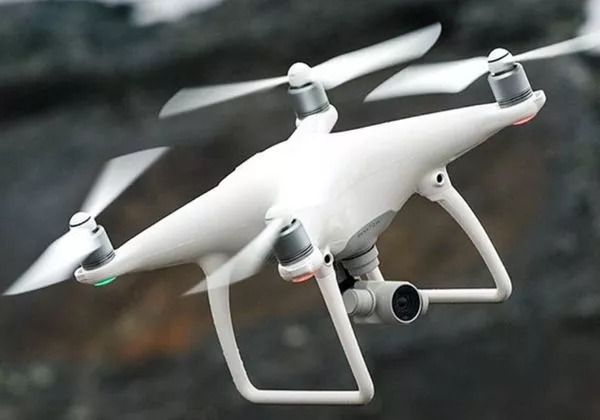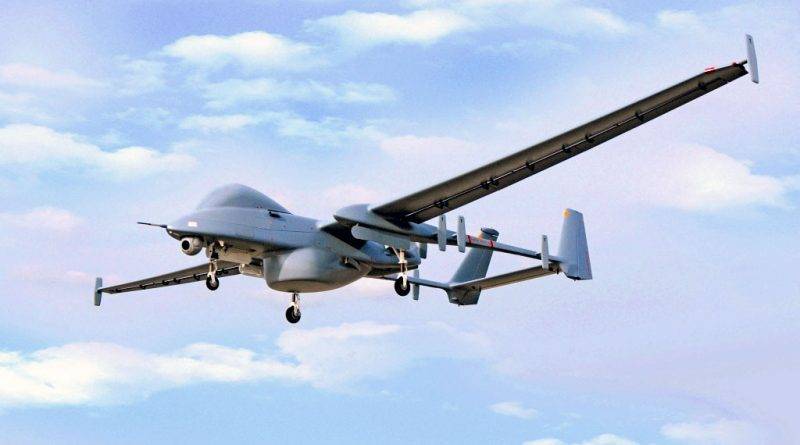Understanding FAA Drone Registration
There are several reasons why registering your drone with the FAA is essential. Foremost, it prevents illegal use and potential penalties associated with flying drone in restricted areas. It also ensures accountability by creating a record of ownership, making it easier to recover lost drones. The FAA drone registration process is straightforward, albeit essential to supporting drone operations safely.

Which Drones Need Registration?
It’s crucial to identify which drones require FAA registration. Generally, drones weighing less than 0.55 lbs do not need registration, while those exceeding this weight must register either as recreational or commercial drones. Knowing these criteria helps in following regulations and avoiding hefty fines. Registering drones appropriately ensures compliance and peace of mind.

A Step-by-Step Guide to FAA Registration
Initiating the registration process is simple and can be completed online at the FAA’s DroneZone portal. Here’s how you can proceed:
- Create an account on the FAA DroneZone website using your email.
- Select the option to register your drone as either recreational or commercial.
- Enter your drone’s make and model details.
- Submit the required fee, typically $5 for recreational drones.
- Finalize and record your registration number. This number must be displayed on your drone.
The streamlined process ensures you can have your drone registered within minutes. Make sure to keep your registration documents accessible, should any compliance checks occur. Displaying the registration number prominently on your drone ensures visibility during operation and compliance check-ups.
Benefits of FAA Registration
Registering provides several benefits such as operational safety, risk indemnity, and access to restricted areas by ensuring procedural adherence. An FAA-registered drone signifies maturity and professionalism among enthusiasts and professional operators alike. It demonstrates compliance and allows for an educated flying approach.
Common Misconceptions About Drone Regulations
Avoid pitfalls common among drone operators by dispelling misconceptions. Among these are the myths of exempt operations with microdrones and disregarding safety protocols. Accurate knowledge and adherence to guidance from the FAA greatly reduce risks of legal disputes and safety incidents.
FAQs on Drone Registration
- Do I need to renew my drone registration?
Drone registrations need renewal every three years. Ensure you renew on time to keep your operations compliant. - What happens if I fail to register my drone?
Operating an unregistered drone can lead to fines and penalties. It’s important to register to avoid these legal repercussions. - Can I fly my registered drone anywhere?
No, you must adhere to FAA flight restrictions and guidelines, maintaining safety and regulatory compliance at all times.
Registering your drone with the FAA is a straightforward yet critical aspect of responsible drone operation. The registration ensures alignment with federal safety standards and supports a seamless flying experience without legal encumbrances.